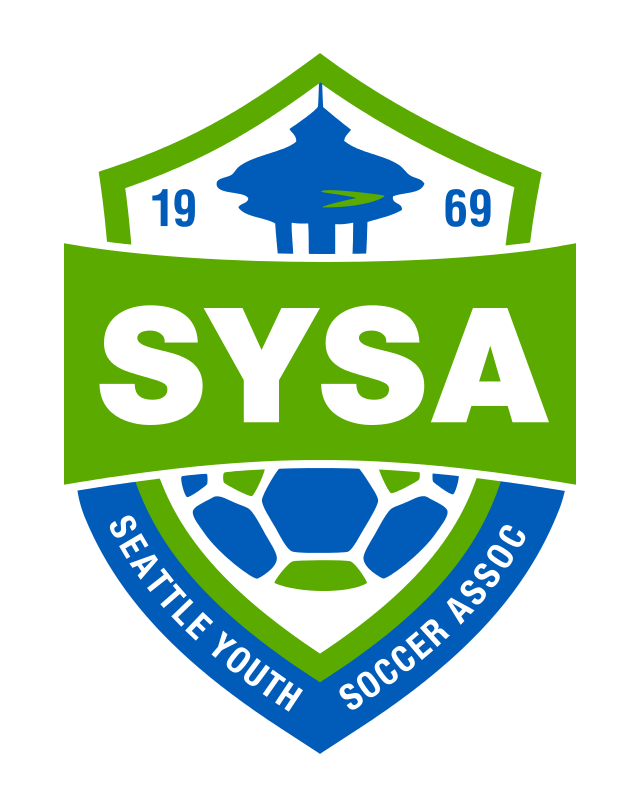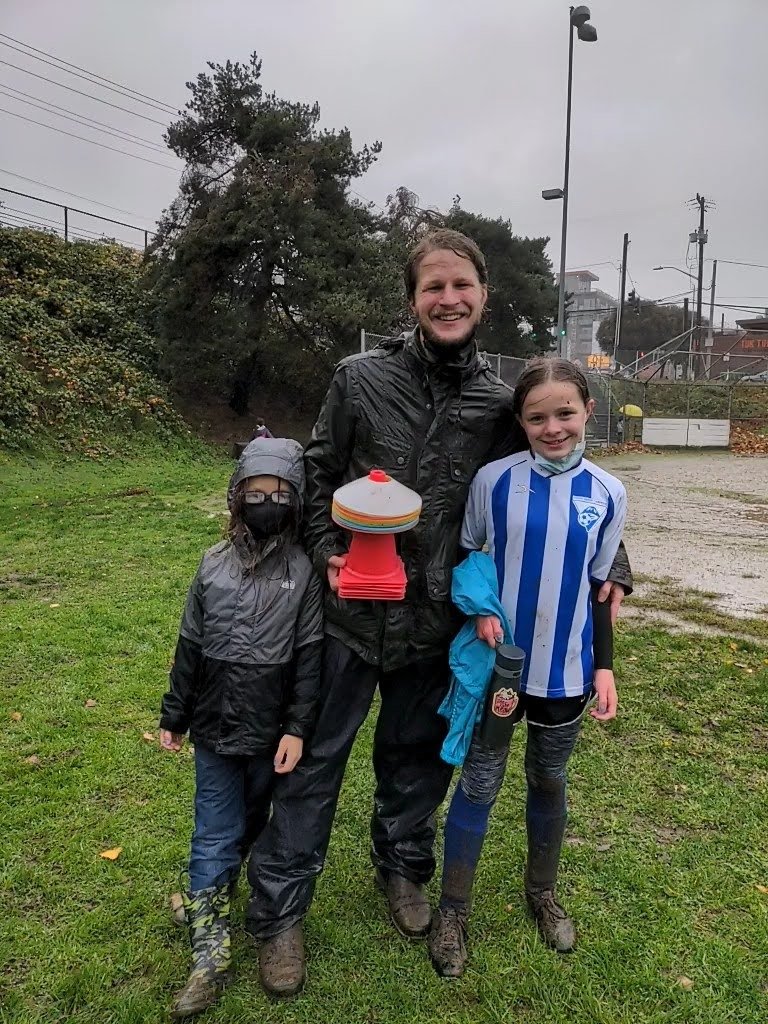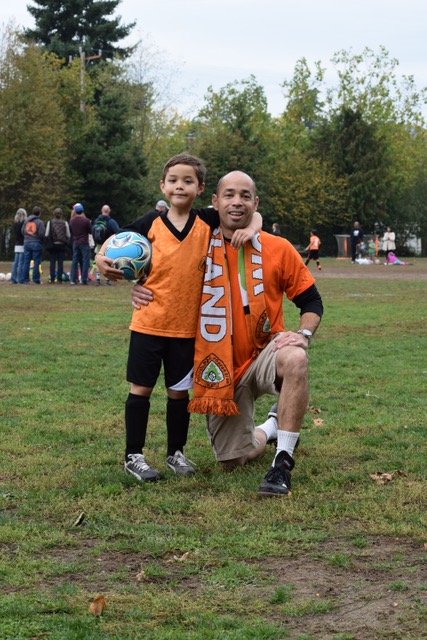COVID-19 GUIDANCE
We now know that COVID-19 is here to stay for the foreseeable future. It’s important to understand how to live our lives while keeping ourselves, loved ones and community as safe as possible. How can we do that? By using all the tools we’ve learned so far: getting vaccinated and boosted, getting tested and staying home if sick or exposed, wearing a mask in crowds, and keeping our distance.
INFO & PROTOCOLS
If you have tested positive for COVID-19 or been exposed to COVID-19, you can help prevent the spread of the virus to others in your home and community. Please see DOH’s guidance What to do if you test positive for COVID-19 and What to do if you were potentially exposed to someone with COVID-19.
What is isolation?
Isolation means you stay home and away from others (including household members) for the recommended period of time (see below) to avoid spreading illness. Isolation is for those who have tested positive for COVID-19, or who have symptoms of COVID-19, or who are awaiting test results.
How long does isolation last?
See DOH’s guidance What to do if you test positive for COVID-19 (PDF) for more information.
If you tested positive for COVID-19 and have symptoms, isolate for at least 5 days* after your symptoms first appeared. You can leave isolation after 5 full days if:
Your symptoms are improving 5 days after the start of your isolation, and
You have not had a fever for 24 hours without use of fever-reducing medication
You should continue to wear a well-fitting mask around others at home and in public for 5 additional days (day 6 through day 10) after the end of your 5-day isolation period.
If you continue to have a fever or your other symptoms have not improved after 5 days of isolation, wait to end your isolation until you are fever-free for 24 hours without the use of fever-reducing medication and your other symptoms have improved.
If you tested positive for COVID-19 but have not had any symptoms, isolate for at least 5 days* after you tested positive for COVID-19. You can leave isolation after 5 full days if you have not developed symptoms.
You should continue to wear a well-fitting mask around others at home and in public for 5 additional days (day 6 through day 10) after the end of your 5-day isolation period.
If you develop symptoms after testing positive, your isolation period should start over from when your symptoms began. Follow the recommendations above for ending isolation if you have symptoms.
*If you cannot wear a well-fitting mask: You should isolate at home for 10 days after your symptom onset date (or date tested for COVID-19 if asymptomatic).
You can use antigen testing before leaving isolation to decrease your risk of infecting others and to determine if you can remove your mask before 10 days after your symptom onset. See What to do if you test positive for COVID-19 for guidance about using antigen testing to determine when to leave isolation and remove your mask.
Calculating Your Isolation Period
If you have symptoms, day 0 is your first day of symptoms. Day 1 is the first full day after your symptoms developed. If you have not had any symptoms, day 0 is your positive viral test date (the date you were tested). Day 1 is the first full day after the specimen was collected for your positive test. Please see the Isolation and Quarantine Calculator for assistance.
What should you do after being exposed to COVID-19?
Quarantine is no longer a standard recommendation after being exposed to COVID-19. If you have been exposed to COVID-19, you should take the following steps:
Get tested 3-5 days after your last contact with the person with COVID-19
If you test positive, follow the guidance in What to do if you test positive for COVID-19.
If you test negative by an antigen test, consider retesting with an antigen test 24-48 hours after the first negative test. If the second test is negative, but concerns exist for COVID-19, consider retesting 24-48 hours after the second negative test, for a total of at least 3 tests. If you get a negative result on the third test and are concerned you could have COVID-19, you may choose to test again using an antigen test, consider getting a laboratory molecular-based test, or call your health care provider. If you do not have adequate 2 resources to test 3 times with an antigen test, it is acceptable to test less in accordance with your resources and the level of risk to you and those around you.
If you have been exposed to COVID-19 and have no symptoms but had COVID-19 in the past 30 days, testing is not recommended. If you had COVID-19 within the past 30-90 days, use an antigen test (not a PCR test), as PCR results may remain persistently positive even if there is not a new, active infection.
Wear a high-quality mask or respirator around others at home and in public for 10 days after your last contact with the person with COVID-19
Watch for symptoms of COVID-19
COVID-19 Reporting
Coaches/Team Manager should contact davidg@sysa.org within 24 hours of finding out a player has tested positive for COVID-19 so that all affected players, parents and coaches can be contacted.































